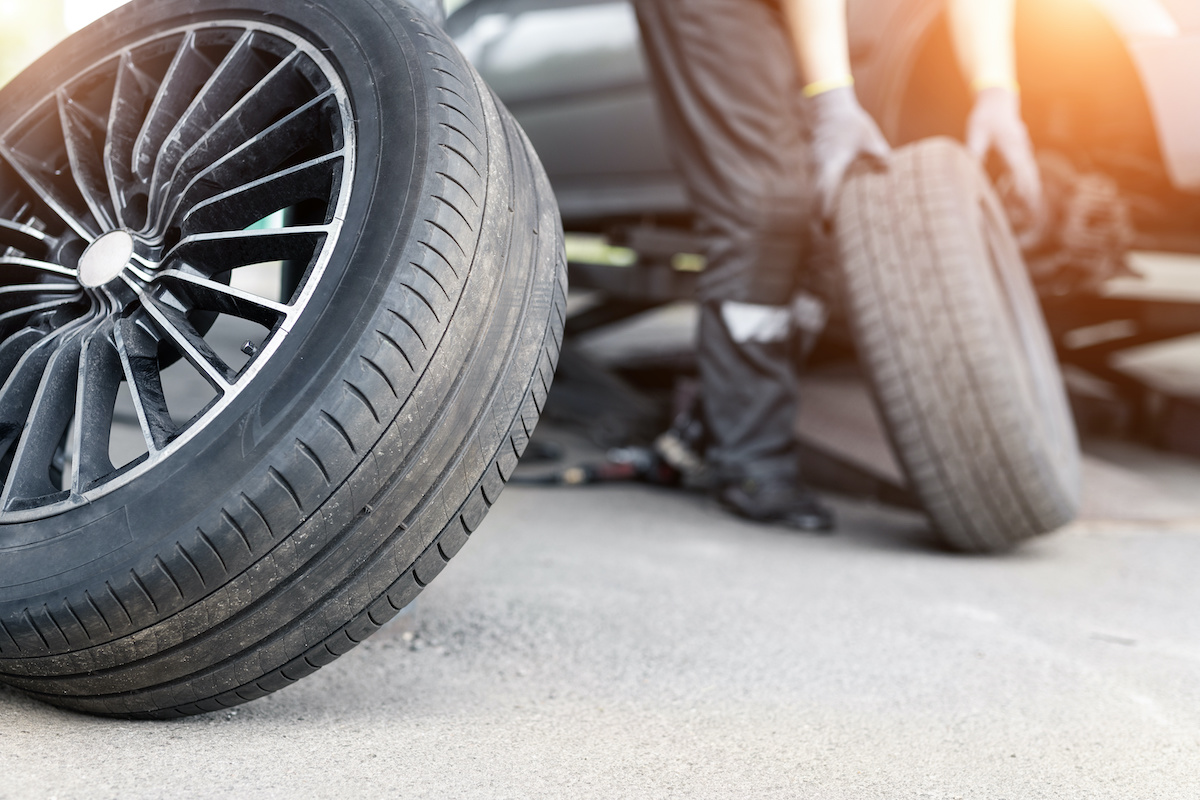
Tire tread is similar to a facial expression; if you look close enough, it can tell how your tires are doing. Clues to your vehicle's health are sprinkled through the tires based on how they wear. Inspecting whether your tires wear in the center, edge, or on the outer can help you determine if maintenance or service is needed. Understanding what's normal and unusual tire wear can prevent you from running into a problem in the future. To help you decipher the story your tires are trying to tell, below is a short guide on 5 of the common types of tire wear.
Patchy Wear
Patchy tire wear will suggest that the wheels may be out of balance. Regular tire rotations can prevent a patchy tire. This type of maintenance can stop the wear from worsening in the future. The moment you notice patchy wear, alert your trusted tire specialist at University Tire & Auto Service to find a schedule best for your vehicle to extend its lifespan.
Center Wear
If the center of your tires wears, the wheels may be over-inflated. Tires that are overfilled will ride along the center, causing them to wear faster than other parts of the tire. If you notice center wear, check the tire pressure. If it's time to adjust the tire pressure, the recommended pressure is located inside the driver door's door frame.
Edge Wear
In contrast, if the wear is on the edge near the tire's shoulder, the wheels can be under-inflated. Driving on under-filled tires is just as dangerous and will cause the edges to wear faster than other parts. Suggestions on tire maintenance can be found in your vehicle's owner's manual and can indicate mile intervals for servicing. Make it a priority to check your tire pressure at least once a month to prevent them from under-inflating.
Cupping Wear
Wear that is diagonal, and scalloping is known as "cupping wear." This type of wear indicates that suspension parts are bent or worn. Suspension parts can become damaged after hitting a curb or pothole. If you notice diagonal wear in addition to a rumbling sound or unusual vibrating, have the suspension checked by an automotive technician.
Inner/Outer Wear
Wear that takes place on the tire's inner or outer portion is commonly called "toe wear" or "camber wear." An alignment issue typically causes this type of wear. Your wheels may be leaning too much on one side. With an alignment problem, you may notice your vehicle drifting to one side when you're driving on a straight, smooth road.
Tire maintenance and inspection in Los Angeles, CA
If you notice unusual tire wear, click here to schedule an appointment.
Or give us a call at 323-419-0089.